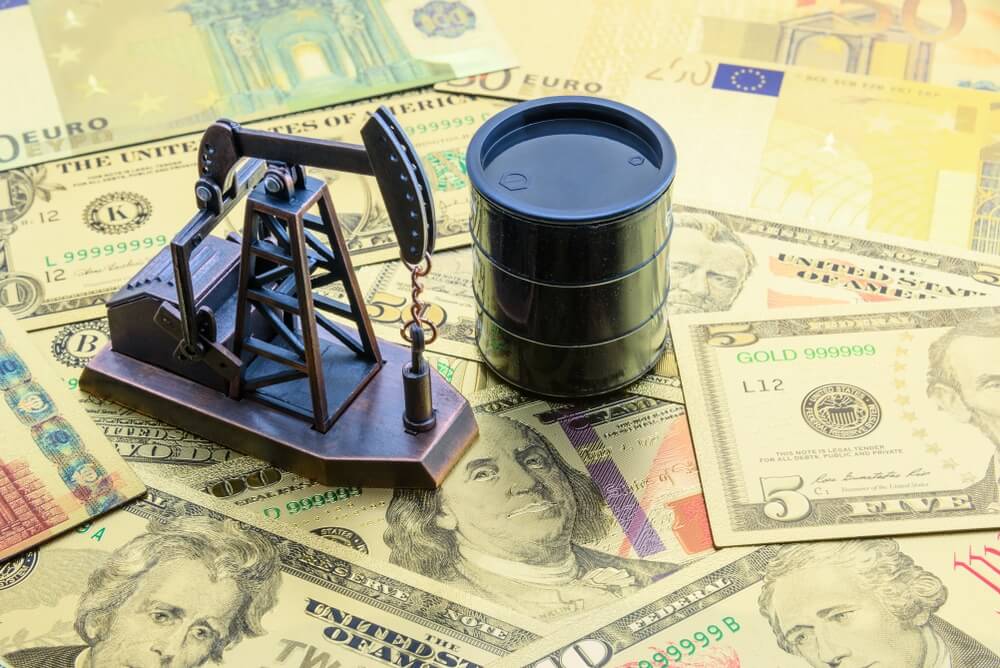
The OPEC+ Group’s Decision to Cut the Oil Supply
The International Energy Agency (IEA) said on Thursday that the OPEC+ group’s decision to reduce oil supply as of November increases energy security risks globally and could result in higher oil prices that could trigger a global recession. The IEA referred to the OPEC+ production cut as one of the growing numbers of “disruptive market forces.”
The biggest reduction in its projected production level since 2020 was announced by OPEC+ last week. The current OPEC+ oil production drop would be half that amount, at roughly 1M BPD-1.1M BPD, despite the headline cut of 2M BPD. This is because many manufacturers have been unable to meet their quotas for several months.
The IEA revised its global oil demand growth prediction from a 3.2M BPD increase before Russia invaded Ukraine to a 1.9M BPD growth in 2022 due to greater economic headwinds, which reduced the forecast by 60,000 BPD for this year. In comparison to the September study, the agency drastically reduced the demand growth projections for 2023 and currently expects demand to increase by 1.7M BPD in 2019.
The agency also voiced skepticism that non-OPEC producers would invest or increase their production in reaction to the high prices, given that U.S. shale maintains its discipline and encounters problems with supply chains and cost inflation.
As Berlin works to diversify its energy supply in the wake of the suspension of Russian gas exports, French gas network operator GRTgaz announced Thursday that France has begun delivering natural gas to Germany.
The gas pipeline that connects the two nations has started supplying an initial daily capacity of 31 gigawatt-hours, according to a statement from GRTgaz.
According to data from the French Ministry for Energy Transition, the amount will eventually rise to a daily maximum of 100 gigawatt-hours or less than 2% of Germany’s total gas consumption.

Oil Prices Crash
Oil prices dipped on Thursday morning due to new CPI data showing that core inflation in the U.S. had reached its highest level in four decades.
WTI crude prices plummeted 1.57% to $85.90 per barrel, while Brent crude lost 1.16% to $91.38 per barrel on the news that CPI came in higher than expected, reinforcing fears that the Federal Reserve will raise interest rates swiftly in November.
That interest rate boost might further hinder economic development, reducing demand for crude oil.
On Thursday, the U.S. Labor Department said core inflation—a measure of price rises excluding food and energy costs—rose 6.6% in the previous year, a level not seen since 1982. Total inflation, including food and energy, jumped 8.2% in September compared to September 2021. CPI jumped 8.5% in July and 8.3% in August from the previous year.
September’s inflation figures would have been worse if fuel prices had not fallen throughout the month. In September, the gasoline price index declined by 4.9%.
Retail gasoline prices in the U.S. fell from Wednesday to Thursday but remained higher than a month ago. Gasoline prices were $3.913 per gallon on Thursday, up from $3.707 per gallon a month earlier.
On Thursday, U.S. stock futures fell in tandem with the drop in crude oil prices. The dollar and Treasury yield both increased.




